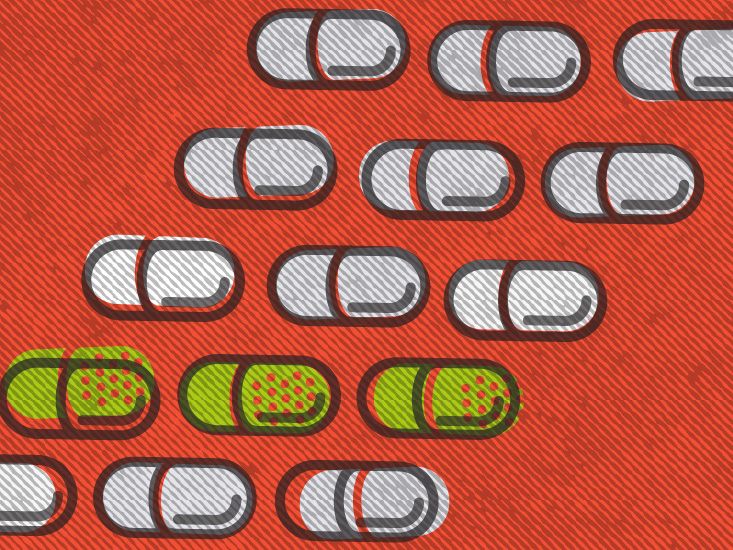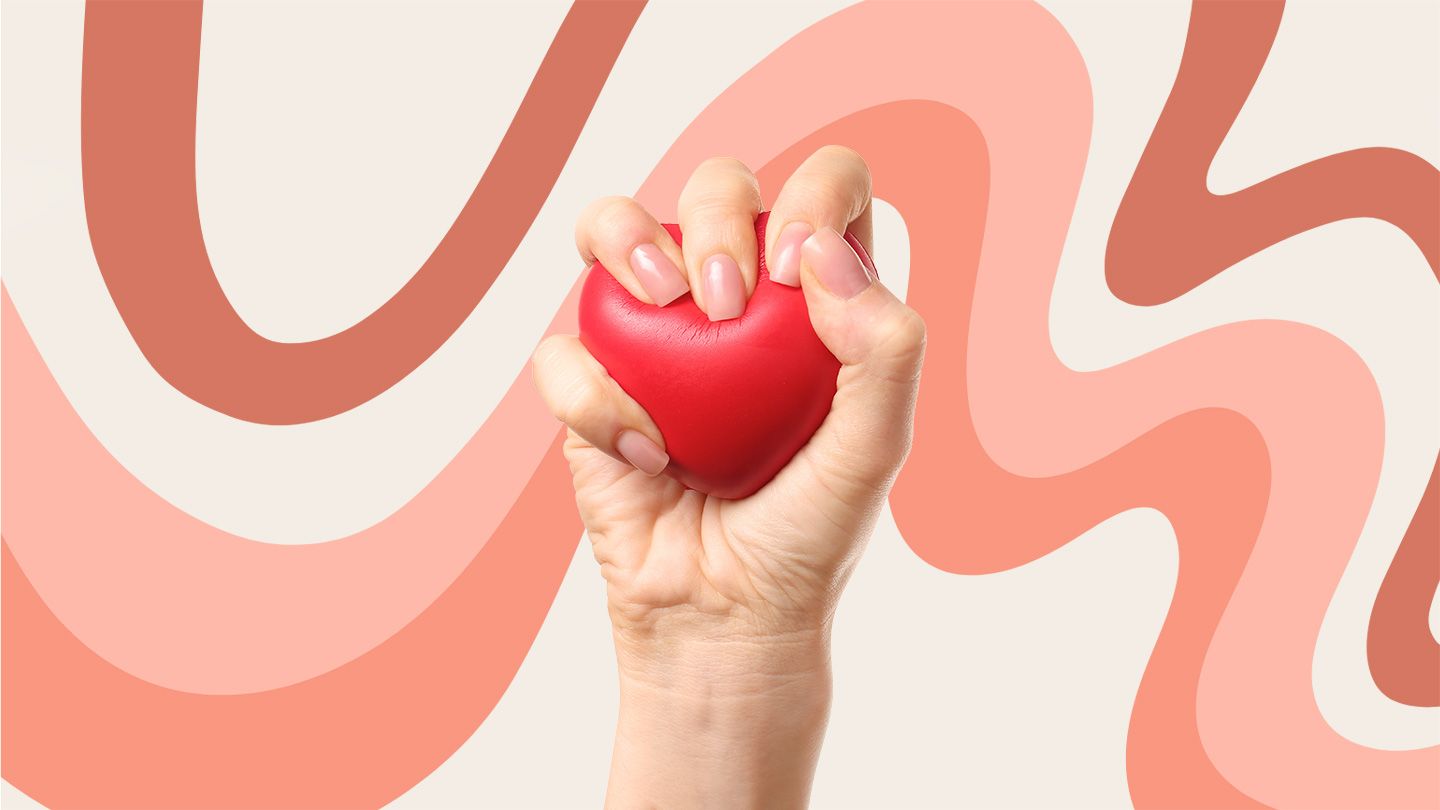The Role of Eggs in Peripheral Artery Disease
Peripheral artery disease (PAD) is a common circulatory condition that narrows arteries and reduces blood flow to the limbs. It often causes leg pain when walking and can increase the risk of heart disease. Making dietary changes like limiting egg intake may help reduce PAD symptoms and progression.
Understanding Peripheral Artery Disease
PAD develops when plaque builds up in the arteries that supply blood to the arms, legs, and feet. This is similar to the plaque buildup that occurs in the arteries around the heart, which can cause coronary artery disease. Key symptoms of PAD include:
- Leg pain, aching, cramping, or fatigue during activity
- Numbness, weakness, or coldness in the legs or feet
- Sores or wounds on the toes, feet, or legs that heal slowly
Managing PAD focuses on treating symptoms and halting plaque progression through lifestyle changes like diet, exercise, and stopping smoking. Medications, medical procedures, or surgery may also be necessary in some cases.
Eggs and Cholesterol
Eggs provide beneficial nutrients like protein, vitamins, minerals, and antioxidants. However, the yolks also contain a high level of cholesterol. Just one large egg contains around 186 mg of cholesterol, which is over half of the recommended 300 mg daily limit for cholesterol intake.
High cholesterol is a major risk factor for PAD and other forms of cardiovascular disease. Too much cholesterol in the bloodstream speeds up artery-clogging plaque formations throughout the body, including the peripheral arteries in the legs.
Research on Eggs and PAD
Several studies have specifically analyzed egg consumption patterns to determine whether more eggs in the diet might increase peripheral artery disease risk:
- A 2019 study in Vascular Health and Risk Management tracked over 1,800 adults with PAD. Those who ate more eggs showed significantly faster disease progression over a 5-year period.
- A meta-analysis in the journal Nutrients combined data from 6 different studies. They found people who ate about 1 egg per day had a 30% higher chance of developing PAD compared to those with little to no eggs in their diet.
Researchers speculate that eggs may stimulate inflammatory pathways that accelerate PAD progression. More studies are still needed to investigate optimal egg intake for those managing PAD symptoms or high cholesterol.
Guidelines for Egg Intake with PAD
Current peripheral artery disease management guidelines generally recommend limiting daily cholesterol intake to less than 200 mg for optimum heart health. To help accomplish this, guidelines for egg consumption include:
- Limit egg intake to 3 or fewer yolks per week if you have PAD or are at high risk for cardiovascular disease
- Avoid daily egg consumption or eating more than 1 yolk a day
- Eat more egg whites than yolks since the whites provide protein without cholesterol
- Use cholesterol-free egg substitutes in place of real eggs for cooking and baking
A Heart-Healthy Anti-Inflammatory Diet
Along with eggs and cholesterol, overall diet quality greatly impacts cardiovascular health outcomes. Choosing more anti-inflammatory foods can help manage PAD symptoms and progression.
Key Elements of an Anti-Inflammatory PAD Diet
A heart-healthy, anti-inflammatory diet for peripheral artery disease should emphasize the following food choices:
- Fruits and vegetables: These provide antioxidants to counter inflammation and fiber to support blood cholesterol and blood sugar regulation. Aim for a variety, with goals of 4 to 5 total servings per day.
- Whole grains: Choose oats, brown rice, quinoa, whole grain bread and pasta options to get more fiber, vitamins, and minerals than refined grains.
- Plant-based proteins: Swap out some meat for beans, lentils, tofu or nuts. Going meatless a few times a week limits saturated fat and provides anti-inflammatory phytochemicals.
- Healthy fats: Use primarily unsaturated plant fats like olive oil instead of butter, switch to low-fat dairy, and eat omega-3 rich fatty fish twice a week.
- Herbs, spices, tea: Add flavor and antioxidants by using herbs, spices, green tea, and coffee.
Foods to Limit with PAD
Those with PAD may also benefit from restricting the following as part of an overall heart-healthy diet pattern:
- Red and processed meats
- Full-fat dairy products
- Fried foods
- Baked goods and sweets
- Refined grains like white bread, rice, and pasta
- Excess salt
Following an anti-inflammatory diet can promote healthier cholesterol levels, blood pressure, and circulation all key to managing PAD.
Other Lifestyle Factors for PAD Prevention
While diet plays a central role, other lifestyle measures also impact peripheral artery disease outcomes. This include:
Exercising Regularly
PAD often causes leg pain that limits activity. However, regular exercise is important for maintaining mobility, muscle strength, and heart health. Aim for at least 30 minutes per day of walking, biking, swimming and other aerobic activity.
Quitting Smoking and Controlling Blood Pressure
Smoking cessation is also vital, as this eliminates exposure to damaging chemicals that hasten PAD progression. Keeping blood pressure optimized through diet and medications helps prevent additional artery damage related to high blood pressure.
Losing Weight If Overweight
Carrying excess weight stresses the cardiovascular system, worsens cholesterol levels, and promotes inflammation. Slimming down to a healthier BMI protects artery health throughout the body.
Making egg and cholesterol modifications along with following other heart-healthy lifestyle habits provides a multi-pronged approach to managing PAD and related cardiovascular disease risks.
FAQs
Do eggs increase my risk for peripheral artery disease?
Yes, research shows that regularly eating eggs, especially more than one yolk per day, can increase PAD development and progression rates by up to 30%. Eggs contain high levels of dietary cholesterol, which can accelerate plaque buildup.
How many egg yolks can I eat per week if I have high cholesterol or PAD?
Guidelines recommend limiting egg yolk intake to no more than 3 per week if you need to restrict your cholesterol. Focus on egg whites and cholesterol-free egg substitutes instead of whole eggs to be safe.
What foods should I eat more of to protect against PAD complications?
Eat more fruits, vegetables, whole grains, plant proteins like lentils and nuts, and healthy fats like olive oil and fatty fish. An anti-inflammatory diet full of antioxidants can help manage PAD progression and risks.
Does exercise help peripheral artery disease?
Yes, regular aerobic exercise for at least 30 minutes daily has been shown to improve PAD symptoms like leg pain. It also maintains mobility and protects heart health to prevent progression to more advanced cardiovascular disease.
Disclaimer: This article is for informational purposes only and does not constitute medical advice. Always consult with a healthcare professional before starting any new treatment regimen.
Related Coverage
Aortic valve repair restores a leaking or narrowed valve, allowing faster recovery and removing lifelong blood thinners....
COVID-19 heart inflammation can cause chest pain, fatigue, and rhythm issues. Find out signs, risks, diagnosis & treatment steps....
Aortic root surgery repairs an aneurysm and leaky valve, offering a 98% survival rate and a return to normal life in months....
Cut the Camzyos cost with smart insurance steps, $10 copay programs, free echo assistance and foundation grants—start saving now....
Wegovy shows potential to help Crohn's disease patients struggling with unintended weight loss, malnutrition, and cardiovascular risks....
Unmanaged high cholesterol can manifest in yellow growths, eye rings, earlobe creases, and other skin changes. Learn to recognize these facial signs prompting medical evaluation....
Heart valve regurgitation can cause breathlessness, fatigue, and swelling. Learn causes, symptoms, diagnosis and treatment options....
Intermittent fasting may impact heart health positively or negatively. Find out how it affects your cardiovascular system and what’s safest for you....
An aortic stenosis murmur indicates a narrowed valve. Find out its sounds, symptoms, diagnosis steps, and treatment paths....
Limiting egg intake and following a heart-healthy diet can help manage peripheral artery disease progression and reduce risks of related cardiovascular complications....









